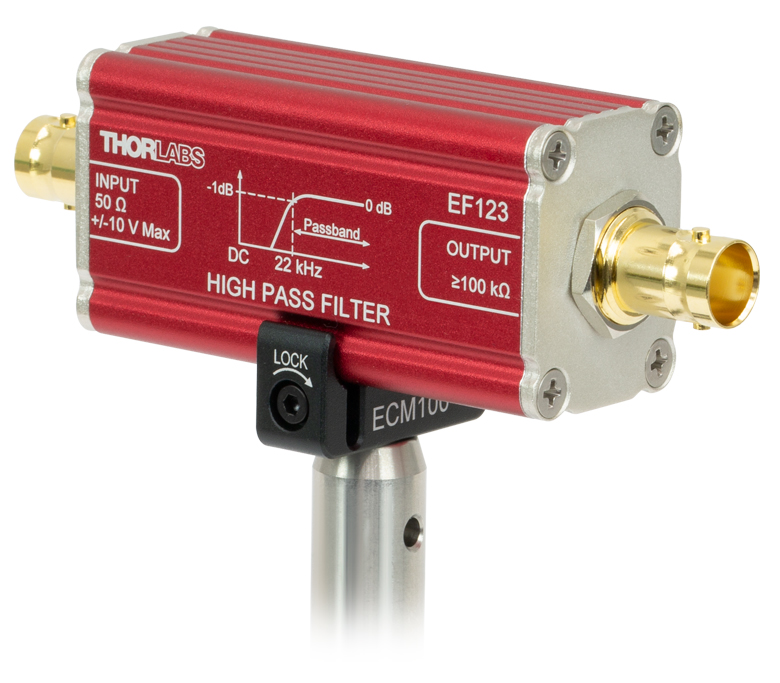Introduction to the amp100 transimpedance amplifier
Are you diving into the world of optical sensors and looking for a reliable way to convert light signals into usable electrical signals? The amp100 transimpedance amplifier might just be your best bet. This innovative component is essential for various applications, from telecommunications to medical devices. In this guide, we’ll explore everything you need to know about the amp100 transimpedance amplifier. Whether you’re an engineer seeking technical specifications or simply curious about its functionality, you’re in the right place. Let’s unravel the secrets behind this powerful device and discover how it can enhance your projects!
The basics of a amp100 transimpedance amplifier
The amp100 transimpedance amplifier transforms current into voltage. This process is critical for applications involving photodetectors or other low-current sources.
It operates by amplifying a small input signal, which can be as minute as nanoamperes. The output is a much larger voltage signal that can easily interface with analog systems.
One of its defining features is the high sensitivity to weak signals, making it ideal for detecting light in optical communication systems.
Additionally, the amp100 boasts wide bandwidth capabilities, allowing it to handle fast-changing signals without distortion.
This combination of properties enhances its performance across various electronic applications, from medical devices to industrial sensors. Understanding these basics sets the stage for deeper exploration into how this versatile component fits into modern technology solutions.
Features and specifications of the amp100
The amp100 transimpedance amplifier comes packed with remarkable features that set it apart. Its wide bandwidth allows for high-speed signal processing, making it ideal for fast applications.
With a low input noise current density, the amp100 excels in sensitive measurement tasks. It ensures precise amplification of weak signals without significant distortion.
Its flexible gain options cater to various application requirements. Users can easily adjust the gain to suit specific needs, enhancing versatility.
Another standout specification is its compact design. This makes integration into smaller systems straightforward and efficient.
Additionally, the device offers excellent power efficiency, reducing energy consumption while maintaining performance standards. The robust thermal stability further enhances reliability across different operating conditions.
These features make the amp100 a preferred choice among engineers looking for an effective solution in their projects.
Applications and uses of the amp100
The amp100 transimpedance amplifier finds its place across various industries. Its high sensitivity makes it ideal for optical communication systems. Here, it converts light signals into electrical currents with remarkable precision.
In medical technology, the amp100 plays a crucial role in biosensing applications. Researchers rely on its ability to detect minute changes in signal intensity, which can indicate biological processes or anomalies.
Another area is industrial automation. The device enhances sensor interfaces by amplifying small signals from photodiodes and other sensors. This leads to improved monitoring and control of manufacturing processes.
Furthermore, the amp100 is popular in scientific research labs. It enables accurate data collection for experiments that require precise measurements of low-level signals.
Its versatility extends even further to consumer electronics where it improves performance in cameras and imaging devices, ensuring clearer images by amplifying weak light inputs effectively.
How to choose the right transimpedance amplifier for your needs
Selecting the right transimpedance amplifier (TIA) is crucial for your application. Start by assessing the input requirements. Understand the types of photodetectors you’ll be using to ensure compatibility.
Next, consider bandwidth. Higher frequencies require amplifiers with faster response times. If your project demands precision, opt for a low-noise TIA to minimize signal distortion.
Power consumption is another important factor. Energy-efficient models can significantly reduce overall costs in long-term projects.
Don’t overlook gain settings either; adjustable gain options offer flexibility across different applications.
Evaluate packaging and integration aspects if you’re working on compact designs or need specific mounting configurations. This will impact both functionality and ease of use in real-world scenarios.
Tips for using and maintaining the amp100
To get the best performance from your amp100 transimpedance amplifier, start with proper installation. Ensure it’s placed in a stable environment, free from electromagnetic interference. Shielding can be your best friend here.
Regularly check connections and cables for wear or damage. A loose connection can significantly impact signal quality.
Temperature plays a crucial role too. Keep the amp100 within its specified temperature range to prevent overheating or underperformance.
Calibrate it periodically according to manufacturer guidelines. This ensures accurate readings and optimal functionality over time.
Keep an eye on power supply stability. Fluctuations can affect output precision, so using a regulated power source is advisable for consistent results without surprises down the line.
Conclusion: Is the amp100 right for you?
When considering whether the amp100 transimpedance amplifier is the right choice for your applications, several factors come into play. Its versatility and robust design make it a strong contender in many fields, including telecommunications, medical devices, and industrial sensors.
If you require high-speed performance with accurate signal amplification, the amp100 stands out. Its impressive specifications support various demanding tasks while ensuring minimal noise interference. Users looking to integrate optical systems or enhance signal processing will find its features particularly beneficial.
However, it’s essential to assess your specific needs and requirements before making a decision. Consider factors like bandwidth requirements, power consumption, and compatibility with existing systems. Evaluating these aspects will help you determine if this transimpedance amplifier aligns perfectly with your projects.
Whether you’re an engineer working on cutting-edge technology or a hobbyist exploring electronic designs, understanding how the amp100 fits into your plans can lead to better outcomes in performance and efficiency.

















